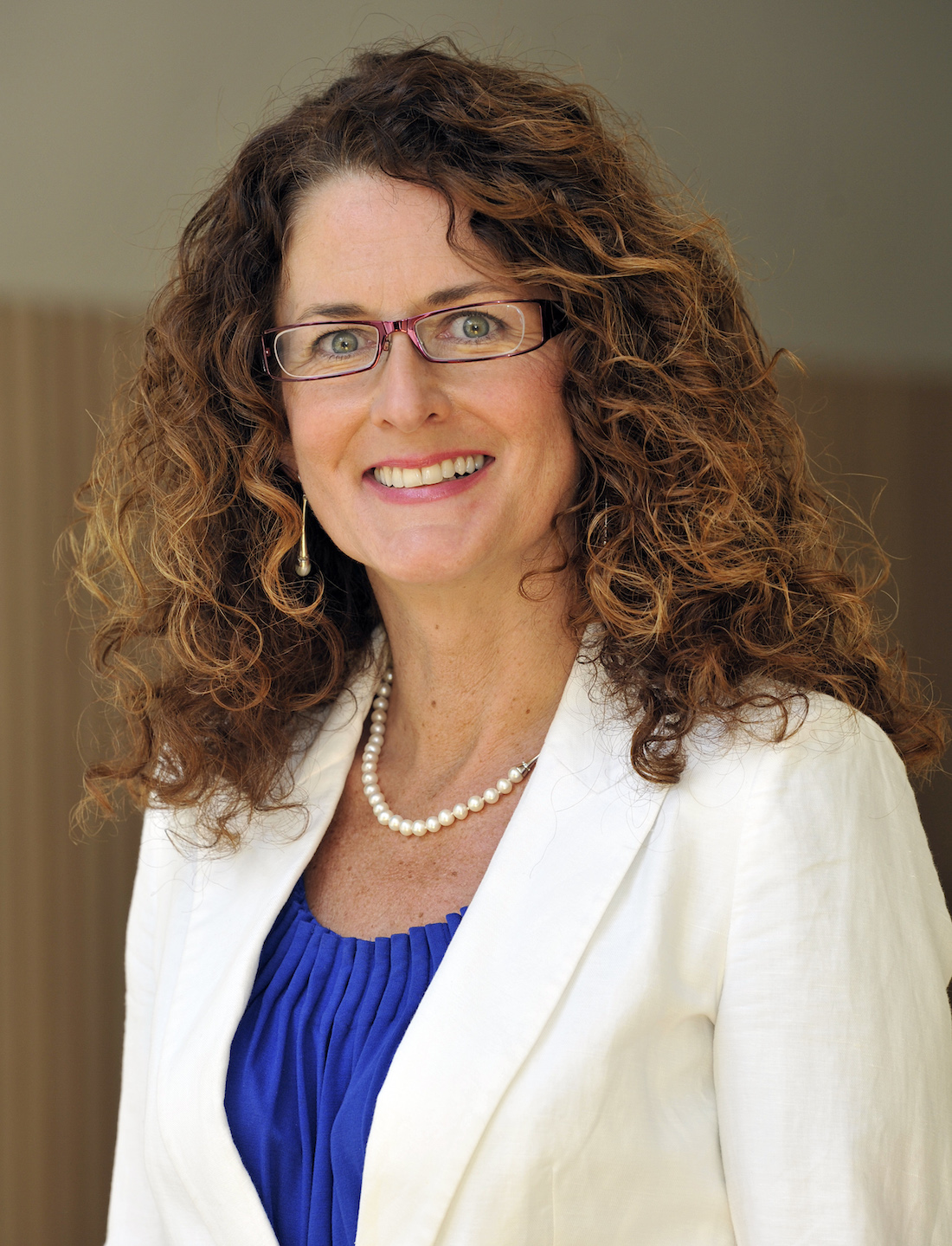SaferWorldbyDesign: Tier 1 New Approach Method Case Study Analysis Evaluating Organ Toxicities based on Existing Knowledge
The SaferWorldbyDesign platform integrates trusted knowledge, FAIR data resources, and AI-assisted workflows to accelerate the development and application of New Approach Methodologies (NAMs) for chemical safety and Safe and Sustainable by Design (SSbD). In this webinar, we present a Tier 1 case study analysis demonstrating how existing knowledge and evidence can be leveraged to evaluate potential organ toxicities, focusing on the SaferLiver, SaferKidney, and SaferNeuron solutions. By combining structured data, mechanistic insights, and computational models, the workflow enables early identification of risks while reducing reliance on animal testing. The case study illustrates how integrating compound data, method annotations, and mechanistic frameworks such as Adverse Outcome Pathways (AOPs) can support decision-making on safety profiles and guide the prioritization of further testing. The webinar will highlight the importance of transparent, reproducible evidence workflows in enabling regulatory acceptance of NAMs and fostering innovation toward safer products and materials.
Speakers:
Paul Jennings (Vrije Universiteit Amsterdam)
Paul Jennings is lead researcher of the Molecular and Computational Toxicology group. His background is in epithelial and renal biology, in vitro cell culture system development and mechanistic toxicology. Paul hails from Dublin Ireland. He did his BSc and PhD at the University College Dublin. He did research in Innsbruck, Austria working with Prof. Walter Pfaller. In 2009 Paul habilitated in Epithelial Physiology (Venia Docendi).

Barry Hardy (Edelweiss Connect)
Dr. Barry Hardy is the Chief Executive Officer (CEO) at Edelweiss Connect where he is leading its team supporting the development of new integrating solutions in industrial product design and safety assessment and the translation of research methods to industrial practice. Example recent commercial developments include the creation of the SaferWorldbyDesign platform (https://www.saferworldbydesign.com/), and the development of the SaferSkin (https://saferworldbydesign.com/saferskin/) and EdelweissData products (https://saferworldbydesign.com/edelweissdata/). He is currently leading the development of risk assessment knowledge infrastructure and solutions, including new approach methods, SaferbyDesign, sustainability and next generation risk assessment solutions (https://www.risk-hunt3r.eu).
Sharon Bryant (Inte:Ligand Gmbh)
Sharon Bryant, CEO at Inte:Ligand GmbH, has more than 30 years experience in computer aided molecular design, working extensively with pharmaceutical, cosmetic, and nutrition industries to provide robust in silico solutions to identify bioactive molecules, provide chemistry design/decision support and preclinical safety prediction models. She was previously at the NIEHS, National Toxicology program, USA, has authored more than 150 scientific publications and is Guest Professor at the University of Vienna, in the Master in Preclinical Drug Discovery program.
[1] The NeuroDeRisk IL Profiler [https://docs.inteligand.com/ndr/il-profiler/]. [2] The NeuroDeRisk Project. [https://neuroderisk.eu/].

Michael Dourson (TERA)
Dr. Michael Dourson is a board-certified toxicologist serving as TERA’s President and Director of Science. Most recently, he was Senior Advisor in the Office of the Administrator at the US EPA. Prior to this position, Dr. Dourson was a Professor in the Risk Science Center at the University of Cincinnati, College of Medicine, and worked at TERA and US EPA. He was awarded the Arnold J. Lehman award from the Society of Toxicology, the International Achievement Award by the International Society of Regulatory Toxicology and Pharmacology, and 4 bronze medals from the U.S. Environmental Protection Agency. He has been elected as a Fellow of the Academy of Toxicological Sciences and as a Fellow for the Society for Risk Analysis. He has co-published more than 150 papers on risk assessment methods or chemical-specific analyses, and co-authored hundreds of government risk assessment documents, many of them risk assessment guidance texts.
